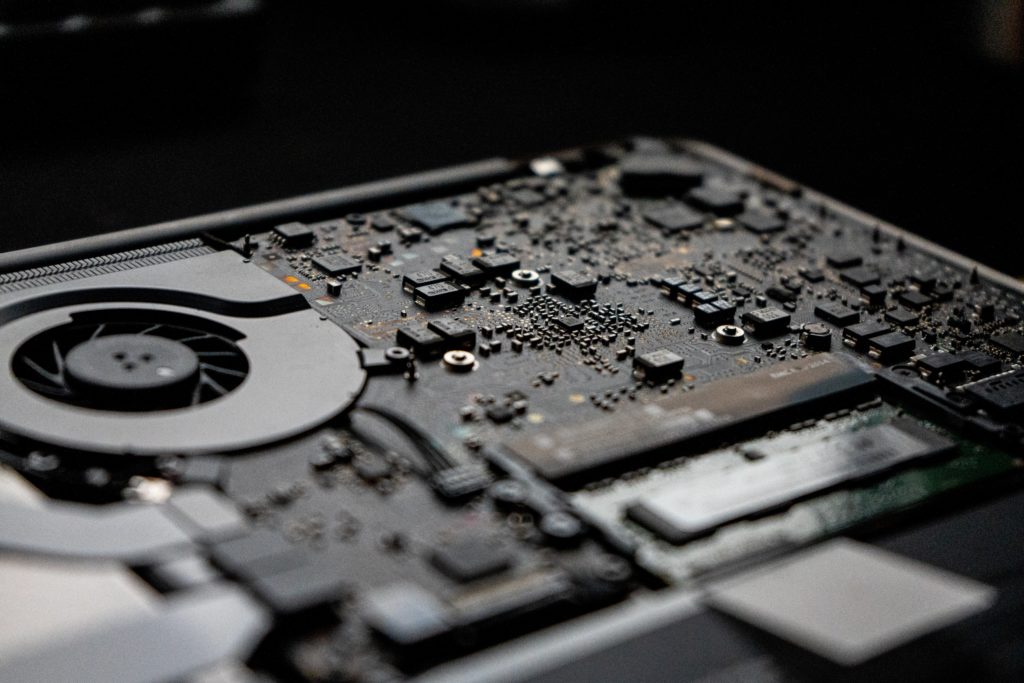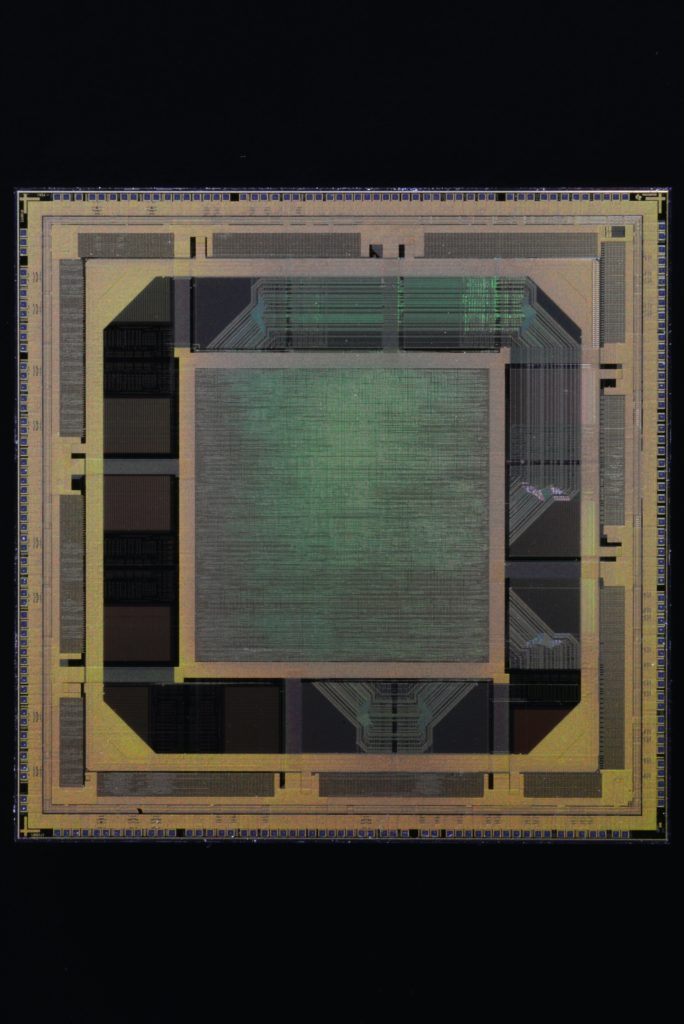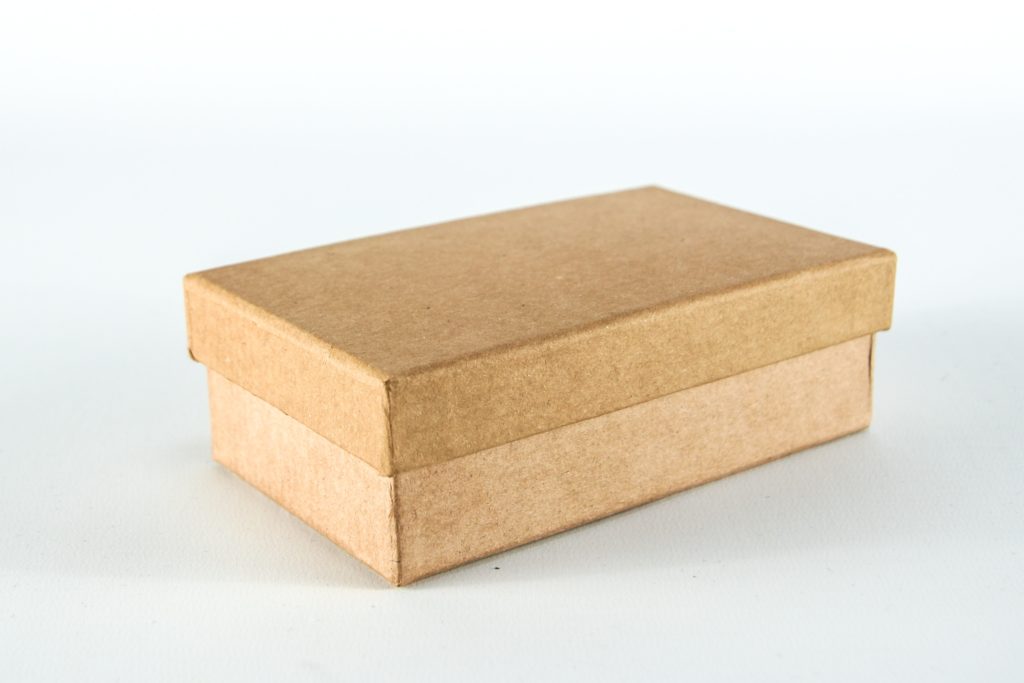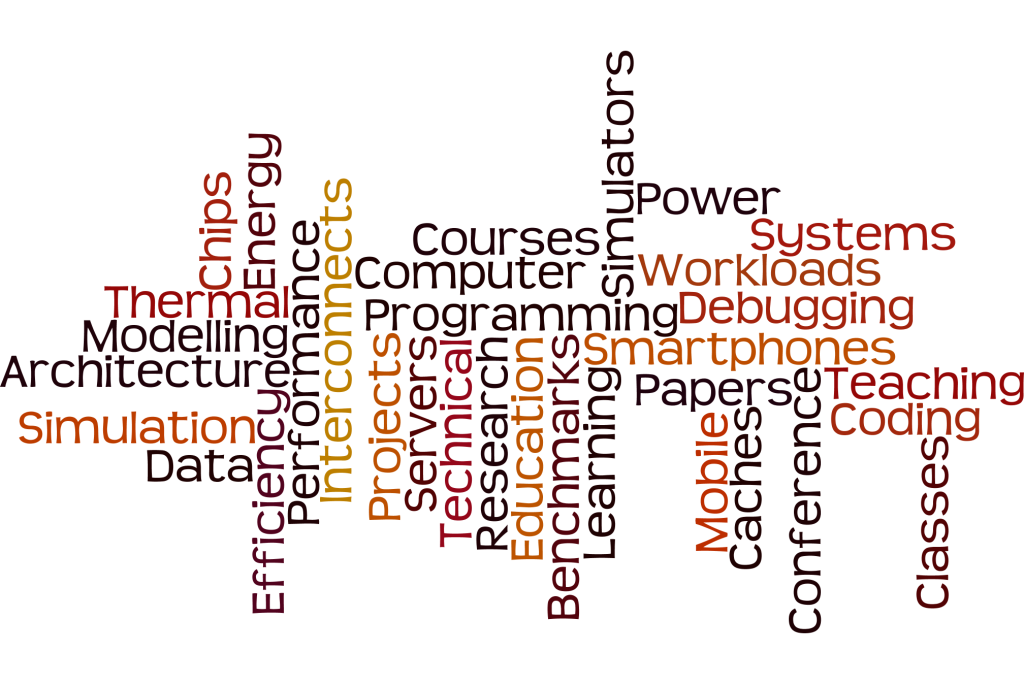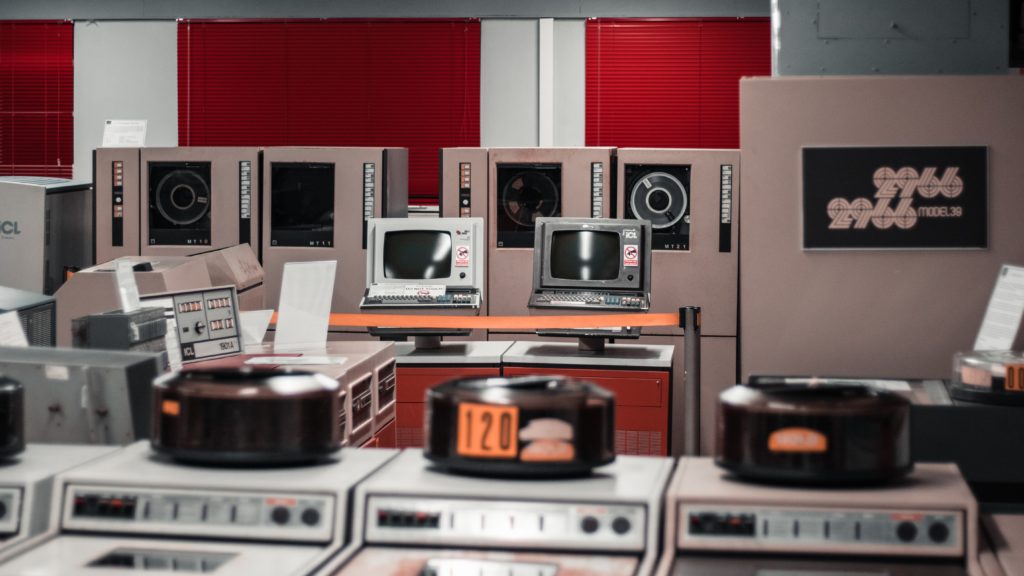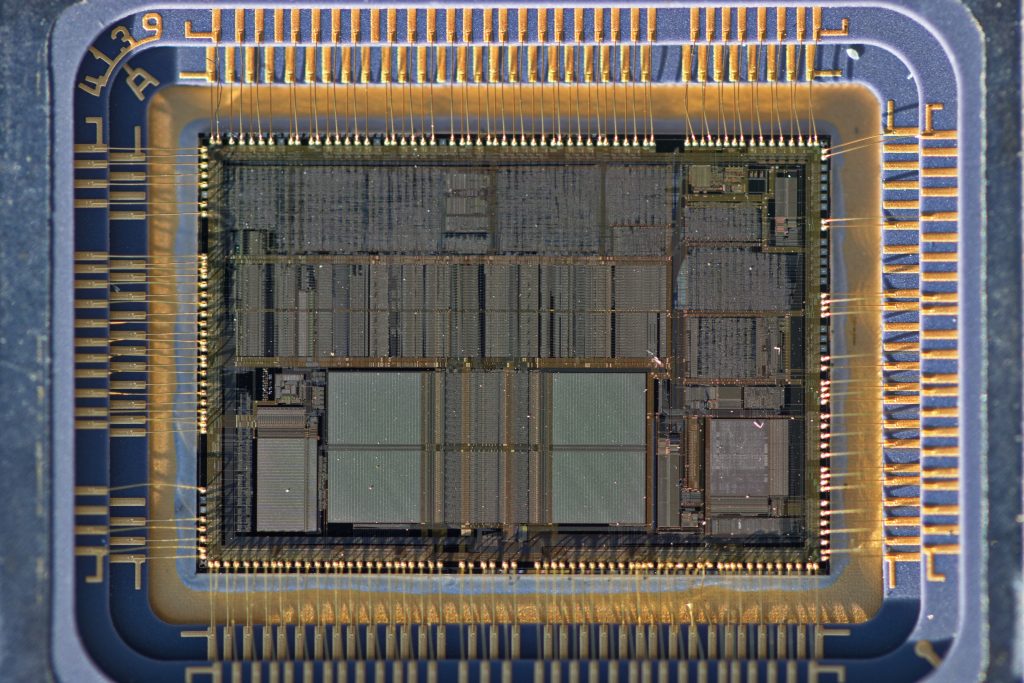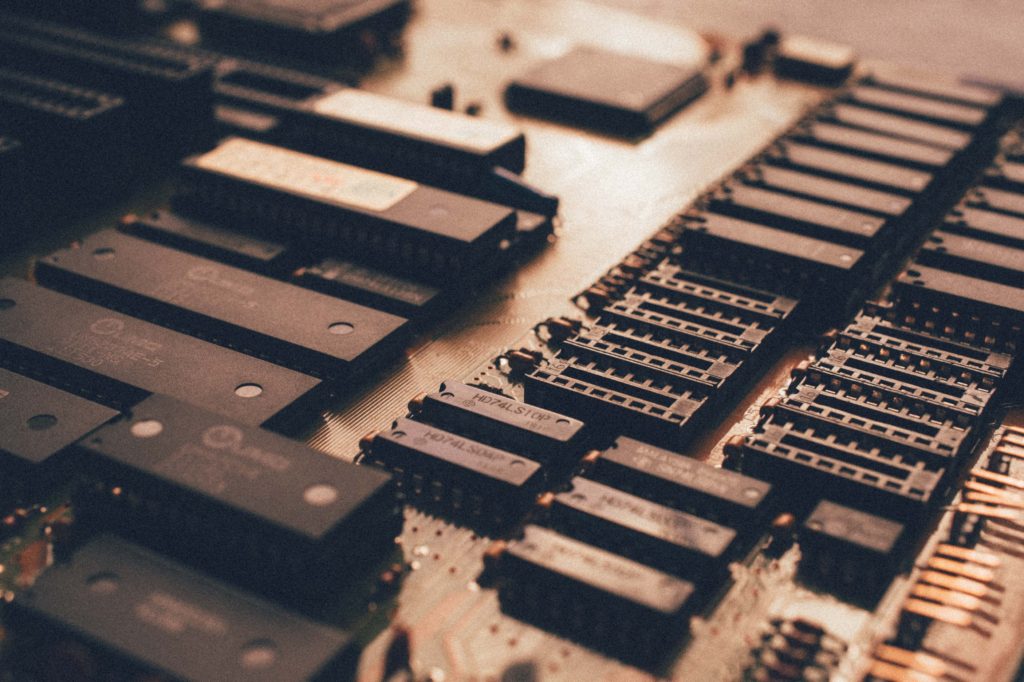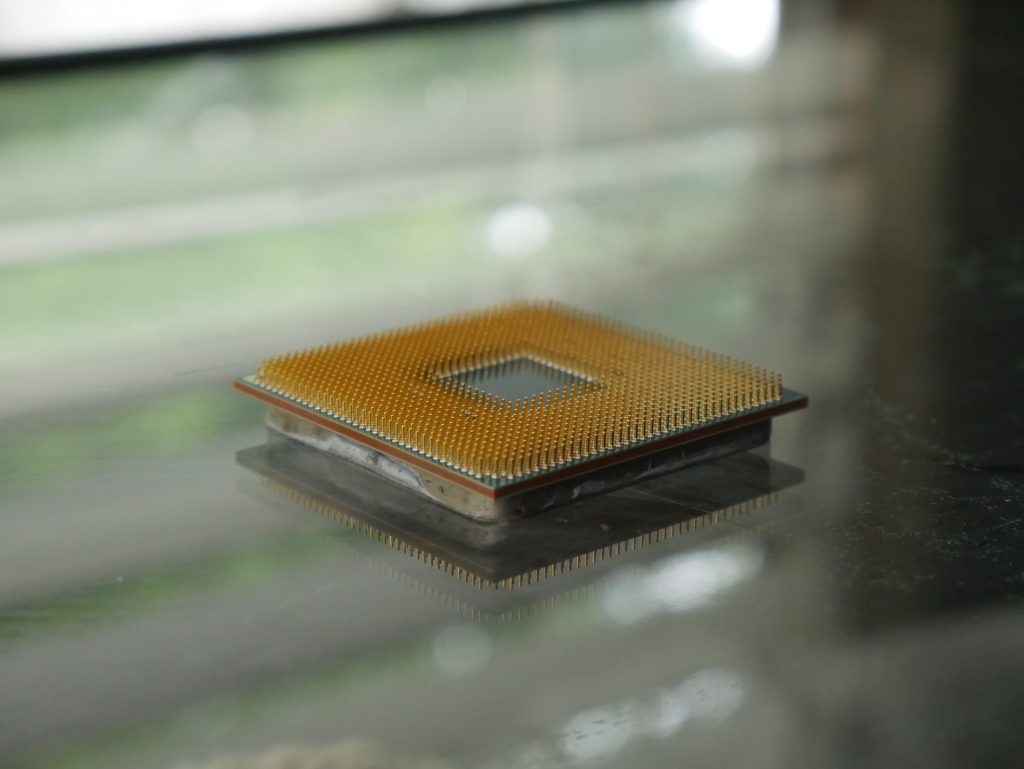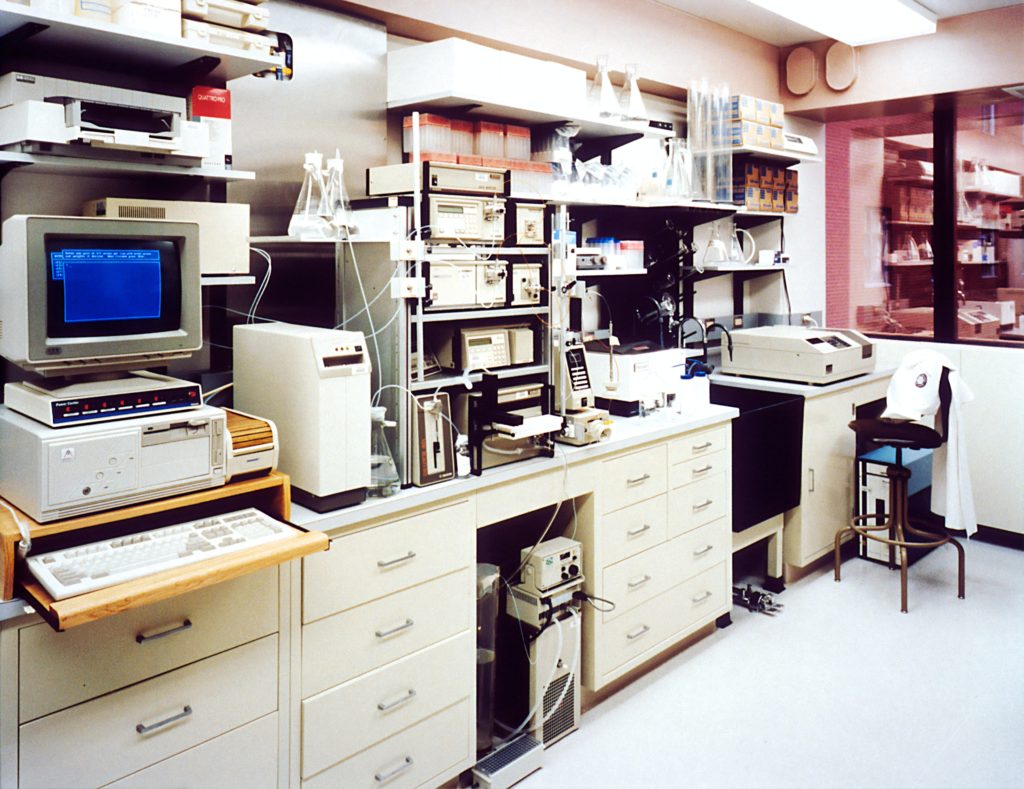Processors are an integral part of any computing device. For the last few years, the importance of providing efficient and high-performance processors has only grown over the decade. It has thus shifted the design and manufacturing aspect of processing units, thus enabling the transition towards specialized processing units apart from focusing on traditional processor units.
Traditional Processing Units (TPU) have been around for decades and have successfully catered to the general-purpose processing market like laptops, desktops, edge devices, and servers. TPU thus has made a long-lasting impact that has shaped different types of solutions and will continue to do so for years to come.
SPU – Specialized Processing Units – Designed and manufactured to handle specific data processing task.
TPU – Traditional Processing Units – Designed and manufactured for the general-purpose computing world.
On another side, to enable a new computing market, Specialized Processing Units (SPU) are being launched. SPUs fundamentally differ from TPUs concerning the underlying data and memory architecture.
However, the market demand is now pushing the need to create more specialized and custom XPUs, leading to the rise in demand for SPUs. It does not mean TPU will lose out on the market but certainly will have to raise the technical features to meet up with the solutions that SPU can provide due to the ability to create new types of computer architectures.
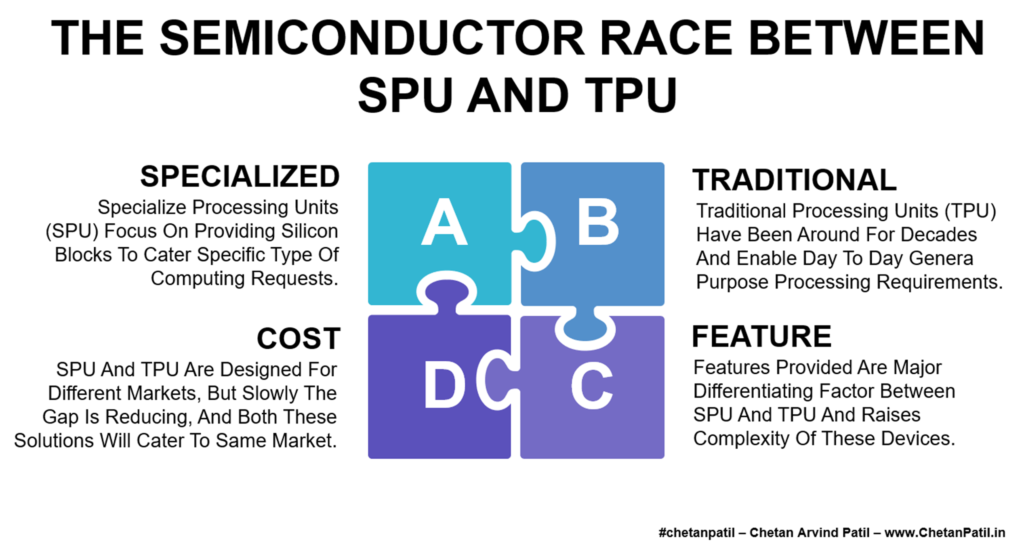
TPU and SPU are differentiated based on the features they provide. TPUs are focused on enabling traditional processing that helps in day-to-day computer applications. On the other side, SPU has specific cores and silicon devices to enable more special processing like neural computing or data modeling.
TPU can have SPU features, but the cost due to the increase in complexity does not justify the business potential for the mass market. It has prompted semiconductor processor-focused companies to launch SPUs as separate products apart from TPUs.
Feature: Features provided are a major differentiating factor between SPU and TPU and raise the complexity of these devices.
Cost: SPU And TPU are designed for different markets, but slowly the gap is reducing, and both these solutions will cater to the same market.
Design and manufacturing associated with SPU and TPU are other differentiating factors. SPU mainly demands new semiconductor technologies that often raise the cost and time to market. As the focus on adaptive XPUs grows, the feature list of TPU and SPU will increase.
The race between TPU and SPU has already started and is pushing semiconductor companies to launch both TPU and SPU products. Given the focus on computing processing demand, the race between TPU and SPU will not end soon.
